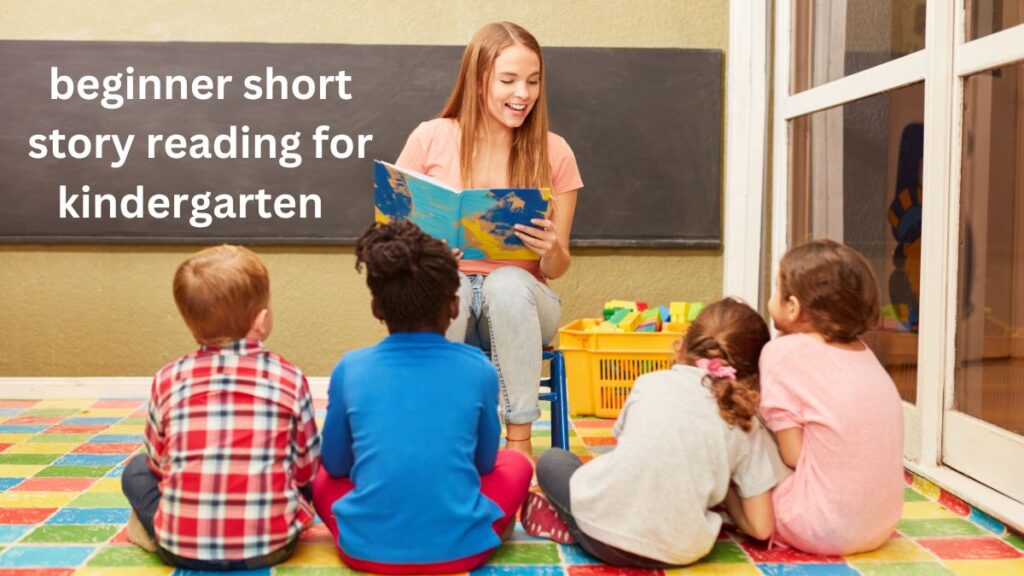Beginner short story reading for kindergarten is an excellent way to develop early literacy skills. Introducing young children to easy readers for kindergarten can be both fun and rewarding. By reading short story reading for kindergarten, kids can connect with simple, engaging text and learn essential sentence structures. The right resources and techniques for beginner short story reading can set young learners up for reading success, helping them with language acquisition and building a strong foundation for future reading skills.
You may want to Read: life skill list for kindergarten students
- Why Beginner Short Stories Work for Kindergarten Students
- What to Look for in Beginner Short Stories for Kindergarten
- Step-by-Step Guide to Introducing Beginner Short Story Reading to Kindergarten Students
- 10 Popular Beginner Short Stories for Kindergarten Readers
- Tips for Building Reading Habits in Kindergarteners
- Final Thoughts
- FAQs About Beginner Short Story Reading for Kindergarten
Why Beginner Short Stories Work for Kindergarten Students
Simple, understandable stories that suit young children’s cognitive capacities and maintain their interest are essential. Kindergarten short tale reading does just that. Short stories are perfect for the following reasons:

Simple Language:
beginner short story reading for kindergarten materials use simple, repetitive language that helps children pick up on new words and phrases.
Visual Aids:
Many kindergarten stories include colorful illustrations, helping children connect the words with images.
Engagement:
Short stories are generally quick reads, which are perfect for young readers with short attention spans.
Confidence Building:
When children successfully read a story on their own, it boosts their confidence and encourages them to read more.
What to Look for in Beginner Short Stories for Kindergarten
Not all reading materials are created equal. When choosing beginner short story reading materials, consider these essential qualities:
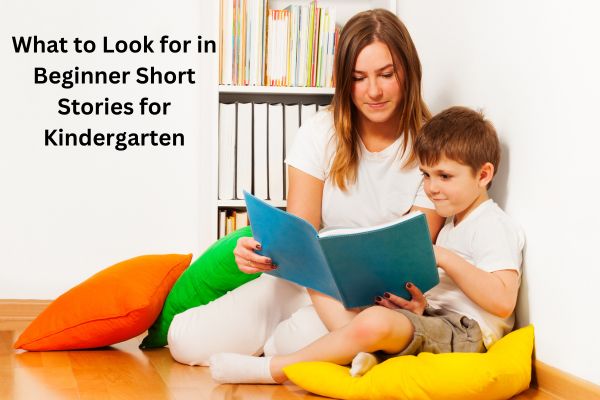
1. Short, Easy Sentences
Short sentences that are simple enough for kids to comprehend and read on their own should be included in the stories. Choose novels with basic sentence structures so that young readers are not overwhelmed.
2. Text Repetition
Text repetition is an effective learning strategy. For instance, children may identify the pattern in statements like “I can see the cat,” “I can see the dog,” and “I can see the bird” when they are told a narrative.
3. Engaging Illustrations
Kindergarten easy readers must include pictures. They offer hints for comprehending new phrases in addition to aiding kids in visualizing the narrative.
4. Themes That Are Relatable
For kindergarten readers, stories on well-known subjects, such as animals, families, or everyday activities, are perfect. Reading becomes less daunting and more pleasurable because of these related themes.
5. Interactive Elements
In order to get kids to think and react, some beginning readers conclude each page with a question or suggestion. This interactive component improves memory retention and comprehension.
Step-by-Step Guide to Introducing Beginner Short Story Reading to Kindergarten Students
Here’s a simple, step-by-step guide to introducing beginner short story reading for kindergarten:

Step 1: Choose the Right Book
Choose a book that is appropriate for your child’s reading level. Start with books that are recommended for beginners or that include kindergarten short tale reading in their description. Additionally, there are kindergarten easy readers that are made especially to boost early readers’ confidence.
Step 2: Read Aloud Together
First, read the story out loud to your child while you sit down with them. As you read, indicate each word so they can follow along. This aids in their comprehension of sentence structure and helps kids become accustomed to reading from left to right.
Step 3: Promote Involvement
Read specific words to your child or have them repeat sentences with you to get them involved. Repetitive phrases in many beginner’s short story reading books make it simple for children to join in.
Step 4: Ask Questions
Ask your youngster questions regarding the narrative after you’ve finished reading it. For instance, “How did the story end?” or “What did the character do?” This exercise will improve memory and comprehension.
Step 5: Give them a chance to try it themselves
Encourage your youngster to attempt reading the story on their own once they are at ease with it. Remind them to sound out any challenging words and to go carefully.
Step 6: Appreciate Your Advancement
Honor every accomplishment, no matter how minor. Being enthusiastic will increase them confidence because learning to read is a significant accomplishment.
10 Popular Beginner Short Stories for Kindergarten Readers
Here are some well-loved beginner stories for young children, perfect for introducing them to the joy of reading.
1: “Brown Bear, Brown Bear, What Do You See?” by Bill Martin Jr. and Eric Carle
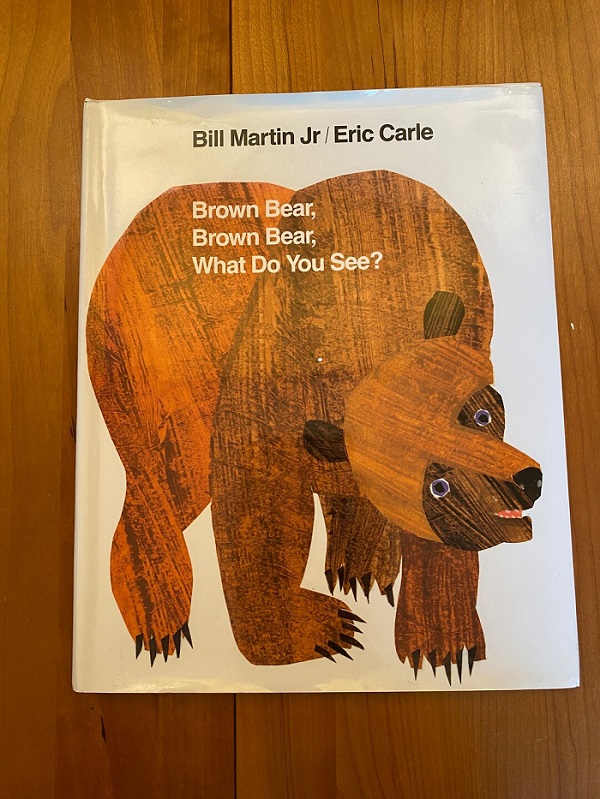
Summary: This story uses repetitious language to help kids predict what would happen next as it follows various animals as they explain what they observe. It’s the perfect book for learning animal names, colors, and vocabulary.
2: “The Very Hungry Caterpillar” by Eric Carle

Summary: A caterpillar consumes a variety of nutrients, becoming larger every day until it develops into a stunning butterfly. This book introduces counting and the days of the week with its vibrant graphics and straightforward writing.
3: “Where’s Spot?” by Eric Hill
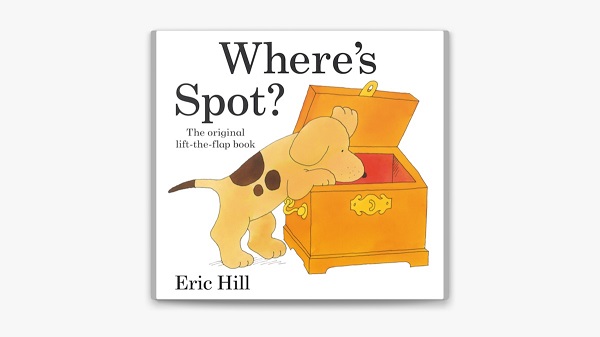
Summary: Spot’s mother looks for him everywhere in the home in this beloved lift-the-flap tale. Youngsters enjoy opening the flaps to uncover hidden animals, which makes reading an engaging and vocabulary-building activity.
4: “Goodnight Moon” by Margaret Wise Brown

Summary: Before falling asleep, a small rabbit bids adieu to everything in his vicinity. It is the ideal bedtime story because of its calming rhythm and repetition, which small children can easily follow.
5: “Pete the Cat: I Love My White Shoes” by James Dean and Eric Litwin

Summary: As Pete the Cat treads in various objects, his white sneakers change color. Pete remains positive despite all that occurs to his shoes in this entertaining, musical tale that teaches children resilience and colors.
6: “If You Give a Mouse a Cookie” by Laura Numeroff

Summary: n this tale, a mouse receives a cookie and proceeds to make an increasing number of demands. Kids adore the funny, round plot, and it’s a terrific way to introduce cause and effect.
7: “Are You My Mother?” by P.D. Eastman
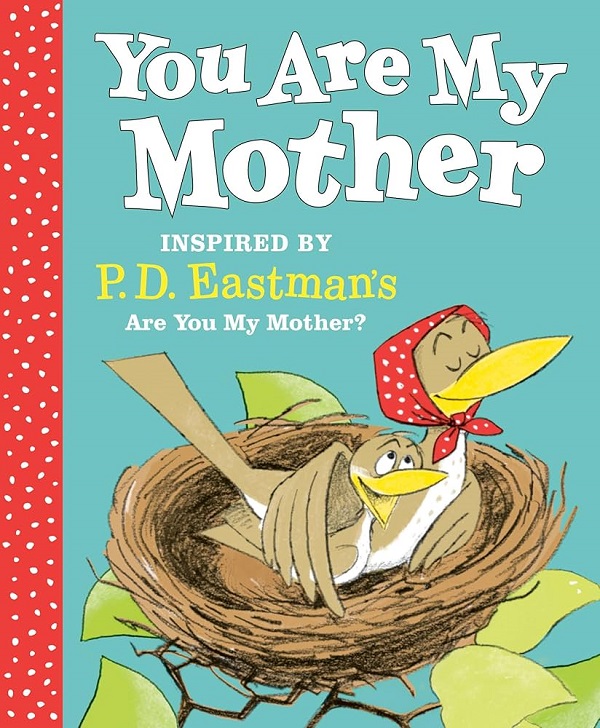
SummaryA small bird asks different animals and objects as he searches for his mother after falling from his nest. Finding one’s family is a reassuring concept in this narrative, which features straightforward prose.
8: “We’re Going on a Bear Hunt” by Michael Rosen

SummaryA family sets out on a quest to locate a bear, encountering challenges in the process. This narrative engages children and makes them want to know what will happen next because of its rhythmic wording and repetition.
9: “Llama Llama Red Pajama” by Anna Dewdney

Summary: This charming bedtime tale reassures little Llama, who gets nervous when his mother leaves him in bed by himself. It is a favorite among young children because of its rhyming wording and related feelings.
10: “Green Eggs and Ham” by Dr. Seuss

Summary: In this rhymed tale with repeated text, Sam-I-Am persuades a finicky eater to try ham and green eggs. Youngsters adore the corny expressions and the advice to try new things.
These stories are well-liked because of their easy and captivating wording, which makes them perfect for kindergarten beginning readers. These books are frequently available in libraries or online as read-alouds, allowing kids to follow the story and take in the lively visuals. I’d also be pleased to offer the whole text of any particular public domain story or adaption of these well-known titles if you’d like!
Tips for Building Reading Habits in Kindergarteners
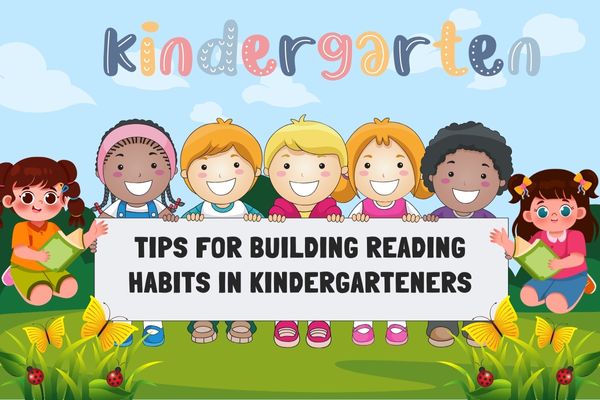
Although developing a reading habit takes time, it can be made fun with patience and perseverance. Here are a few more pointers:
1. Set a Reading Routine
The secret is consistency. Decide on a regular reading time, such as right before bed or right after breakfast. Reading becomes a regular part of their everyday life when they establish a habit.
2. Create a Reading Space
Provide them with access to their favorite books and a cozy reading space with adequate lighting. With cushions and blankets, this could be a comfortable nook.
3. Offer Praise and Encouragement
Give your child praise for their efforts rather than merely for correctly pronouncing the words. Reading can be rewarding when it is accompanied by positive reinforcement.
4. Use Technology Wisely
Because they include interactive features like audio narration and images, some apps and e-books are excellent for beginning readers of short stories. Limit screen time, though, and whenever you can, promote print reading.
5. Make It Fun!
It should never seem like a chore to read. To make the encounter more fun, play games, give characters alternative voices, or add goofy noises.
Final Thoughts
beginner short story reading for kindergarten is a great approach to expose young children to the pleasures of reading. Children can confidently acquire critical literacy skills with the support of parents and teachers if they choose age-appropriate books, establish a routine, and make reading enjoyable and engaging. This fundamental ability will help them for years to come, whether you read to them before bed or watch them attempt a narrative on their own.

